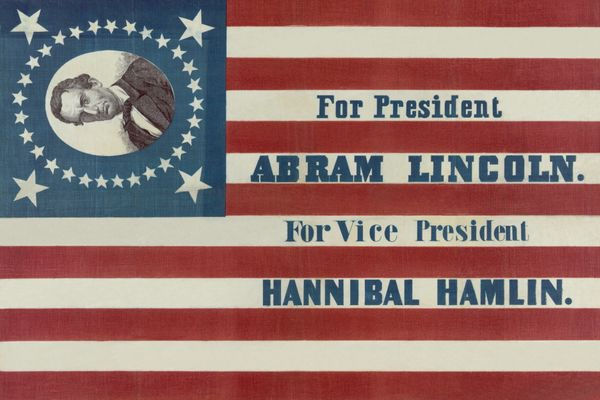No matter your opinion, perspective, and what party you affiliate with, political artwork has the power to help shape our perspective on both candidates and law itself.
Political agenda’s have been projected into art forms for as long as the two have been around. The earliest known art forms can be dated around 40,000 B.C. which played an active part in allowing us to understand primitive society. While the oldest art forms made in the Prehistoric time period are a stronger representation of society, throughout the later Ancient Greek, Roman, and Ottoman Empires, political art flourished as a tool to assert power and dominance over the people and outside entities. In ancient Rome, emperors would hold events for the public in the Colosseum to garner support. The primary purpose for the building of the Colosseum was for emperors to utilize the structure to bring Rome together. Across Greece, temples were positioned above the city to assert their dominance over how the people were governed.

https://www.britannica.com/topic/Colosseum
One of the earliest known sculptures is the oldest document from “the reign of Hammurabi of the first dynasty of Babylon” from 1792 - 1750 B.C. (Britannica). The monolithic form is carved on both the front and the back side outlining “282 case laws” including “economic provisions, family law, criminal law, and civil law” (Britannica). This is one of our first cases of documented law carved into a sculpture. Both a work of art and a dictation of the rules, the Code of Hammurabi stood as a visual symbol of political power over the ancient Babylonian people.


https://www.artsy.net/article/the-art-genome-project-the-code-of-hammurabi
What we know as the separation of church and state, for a large part of our history did not exist, but rather, church and state were one, represented in the massive architectural feats and concentration of artwork in and around the church which propelled the churches political hold over Medieval and Renaissance peoples. The reason for this coming together of church and state is shaped by the fall of Rome and the vacuum that needed to be filled in its absence. With the Catholic Church flourishing across Europe both in small towns and major cities, as an established entity, it filled the void. Much of the artwork that dawns the walls, ceilings, and chapels of the Vatican, were developed during this time period. Sainte Chapelle was built for King Louis IX of France who used it as his own private chapel. It is within this space precious relics resided, such as the Crown of Thorns, and where Louis IX looked for advice for political, economic, and social issues. This practice of kings and queens leaning to the church for guidance is popular across Europe during the 13th century or late Medieval to early Renaissance time period.

https://www.travelcaffeine.com/sainte-chapelle-paris-france-tips/
So where we see politics, we see art supporting the various parties and their political agenda. We also see propaganda artwork used to weaponize a person, party, or group. Art is a powerful tool and one we must be cognizant of its potential consequences. The weaponizing of print material became more popular in the 20th century with the ability to create posters and print in mass quantities. This unfortunate practice is something we can see happening in particular around our 20th century wars.
Art has the power to persuade and even change our perspective. It gives us visual symbols, text, and graphics that allow us to show our support or show disdain for a candidate. It is with this power we need to use our own filters to dig to the truth and it is with this power we are also able to demonstrate our own truth.
What does political artwork look like? Here are some examples you may be familiar with.




https://www.huffpost.com/entry/presidential-campaign-posters_n_569e635fe4b0cd99679b6001

Please remember to always lead with kindness, keep positive, and keep creative!
Resource for this article;
The Editors of Encyclopaedia Britannica. "Code of Hammurabi." Encyclopædia Britannica. December 06, 2018. https://www.britannica.com/topic/Code-of-Hammurabi. November 02, 2020.


Comments